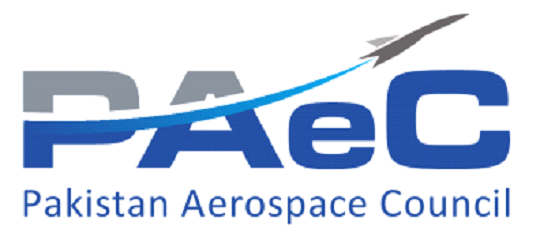Industrial-grade FDM 3D printing technology is being used to produce certified 3D printed parts for use on the International Space Station
Italian research centre, Istituto Nazionale di Fisica Nucleare (INFN – National Institute for Nuclear Physics) used its FDM 3-D Printer to produce the entire mechanical structure of a first-of-its-kind cosmic UV telescope currently situated aboard the ISS, realised under the coordination of the Italian Space Agency.

3-D printed Mini-EUSO Flight Model
Designed to study terrestrial and cosmic UV emissions from the ISS, the telescope named ‘Mini-EUSO’ (Multiwavelength Imaging New Instrument for the Extreme Universe Space Observatory) was recently launched into space onboard a Soyuz rocket and successfully placed on an earth-facing window of the ISS’ Russian Zvezda module.
With an orbit of about 90 minutes, Mini-EUSO records all space and atmospheric objects and events within sight, including UV emissions from night-earth, transient luminous events, meteors, space debris and more. The final scientific objective is to produce a high-resolution map of the Earth in the UV range (300-400nm), which is expected to significantly advance research on cosmic rays, but also serve as an important experiment for future space missions. The impact of 3D printing on this project has been transformational.
Using FDM 3D printing throughout the production of the Mini-EUSO’s mechanical structure enabled to reduce the overall cost of the project by a factor of ten, as well as saved around a whole year of development time.
Producing the mechanical structure of Mini-EUSO presented several challenges. Most notably, the team needed a material that could meet the stringent certification requirements of the aerospace industry, as well as bear the mechanical stress and vibrations of a rocket launch.




Leave a Reply
Want to join the discussion?Feel free to contribute!